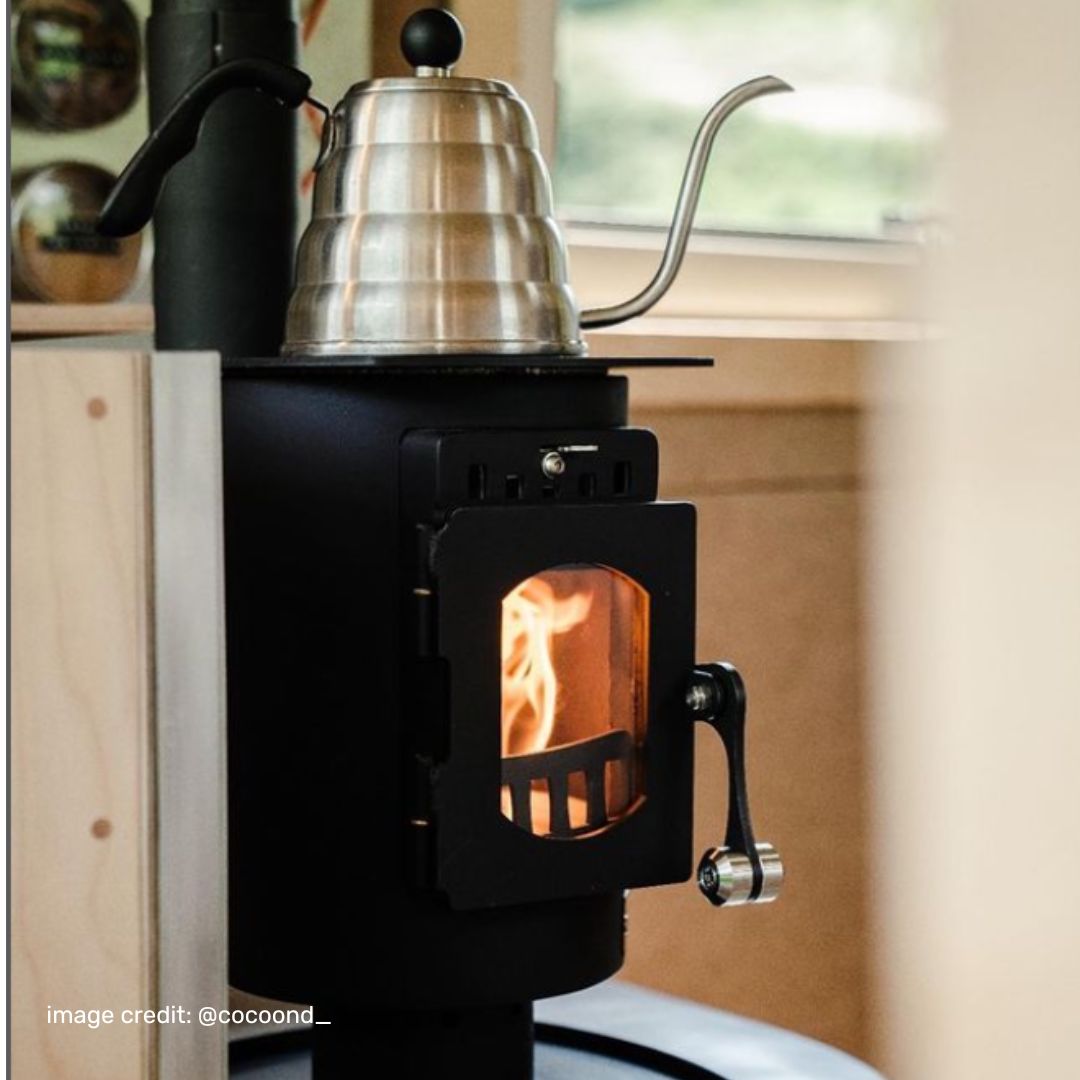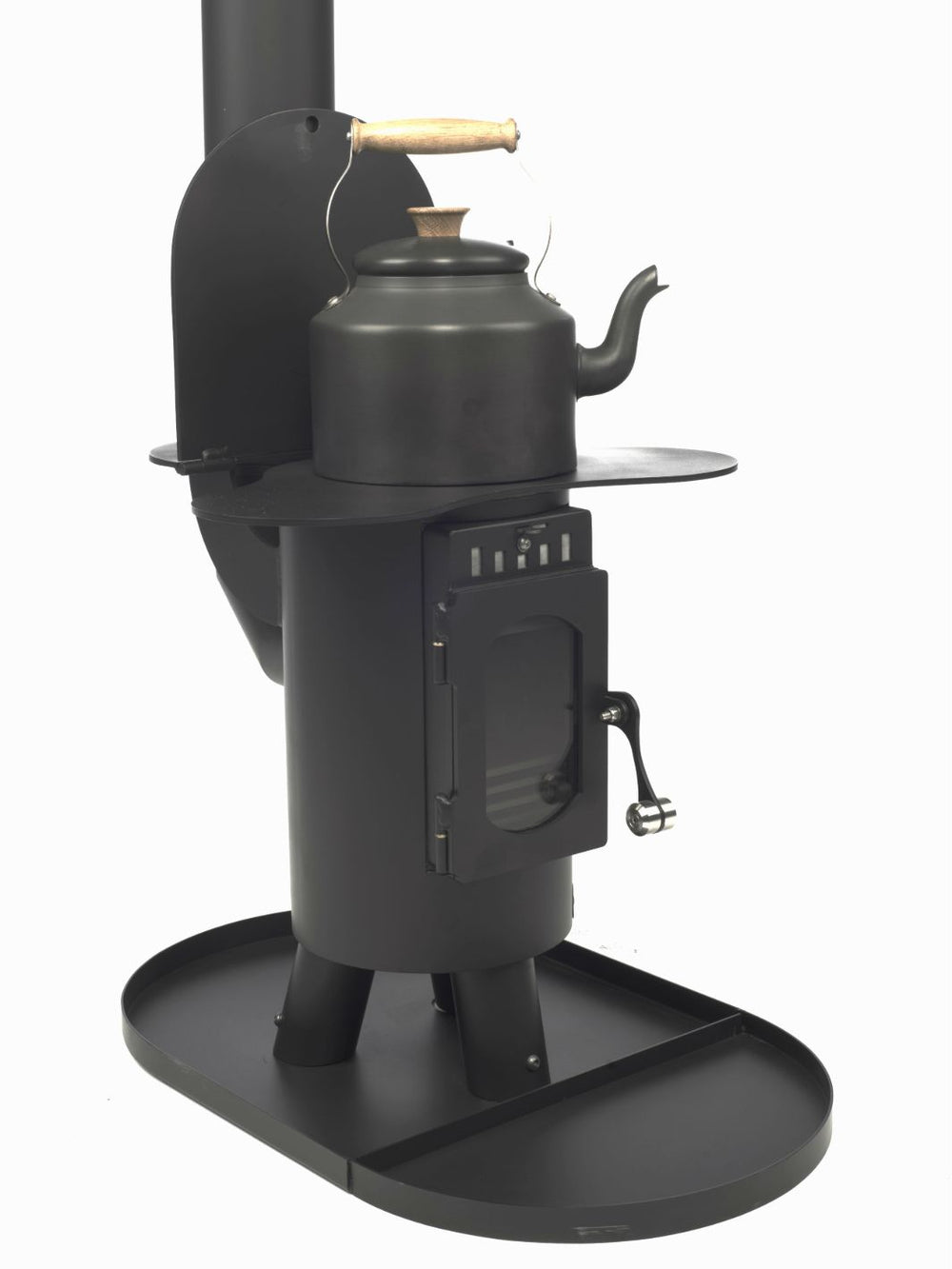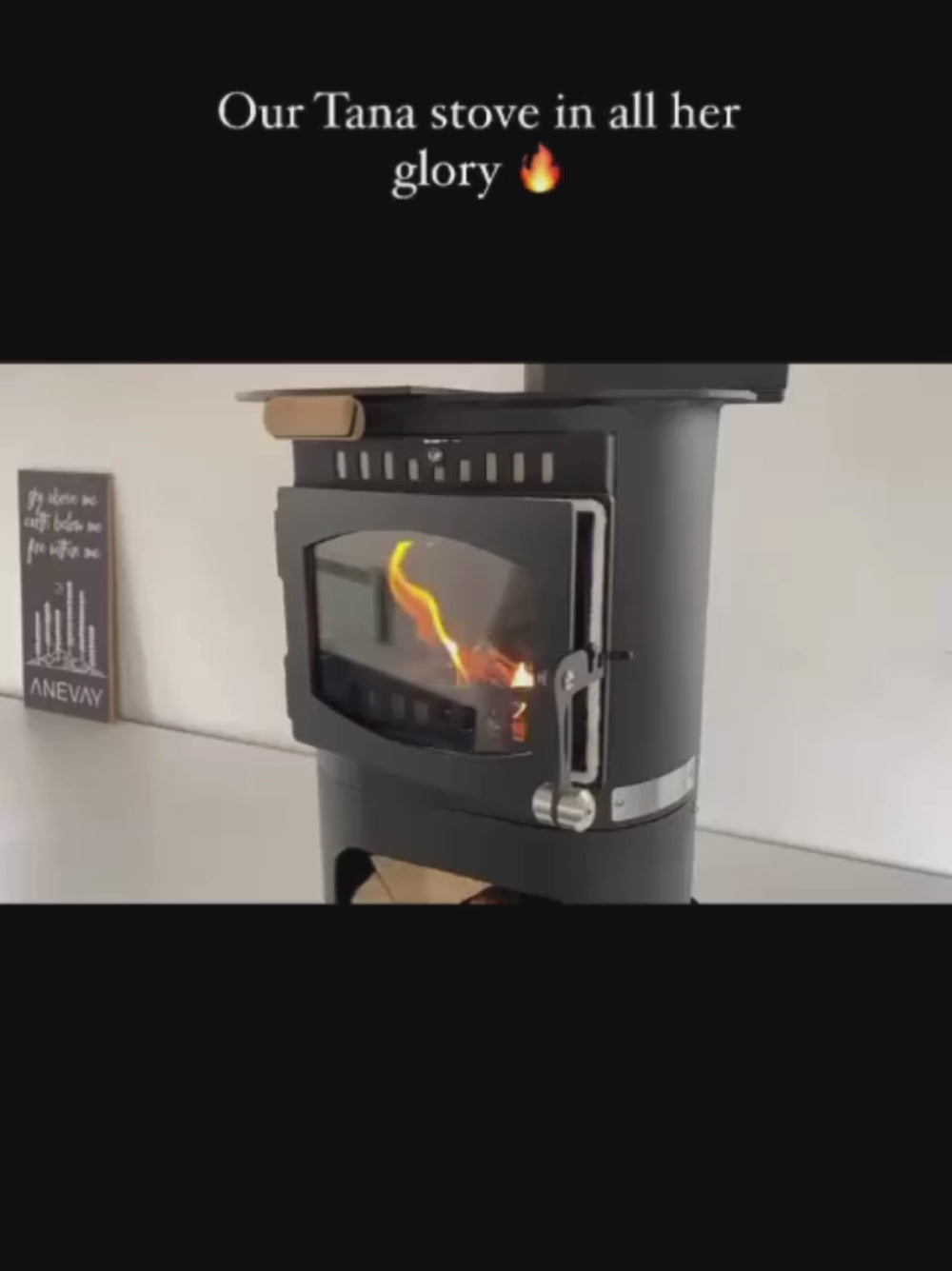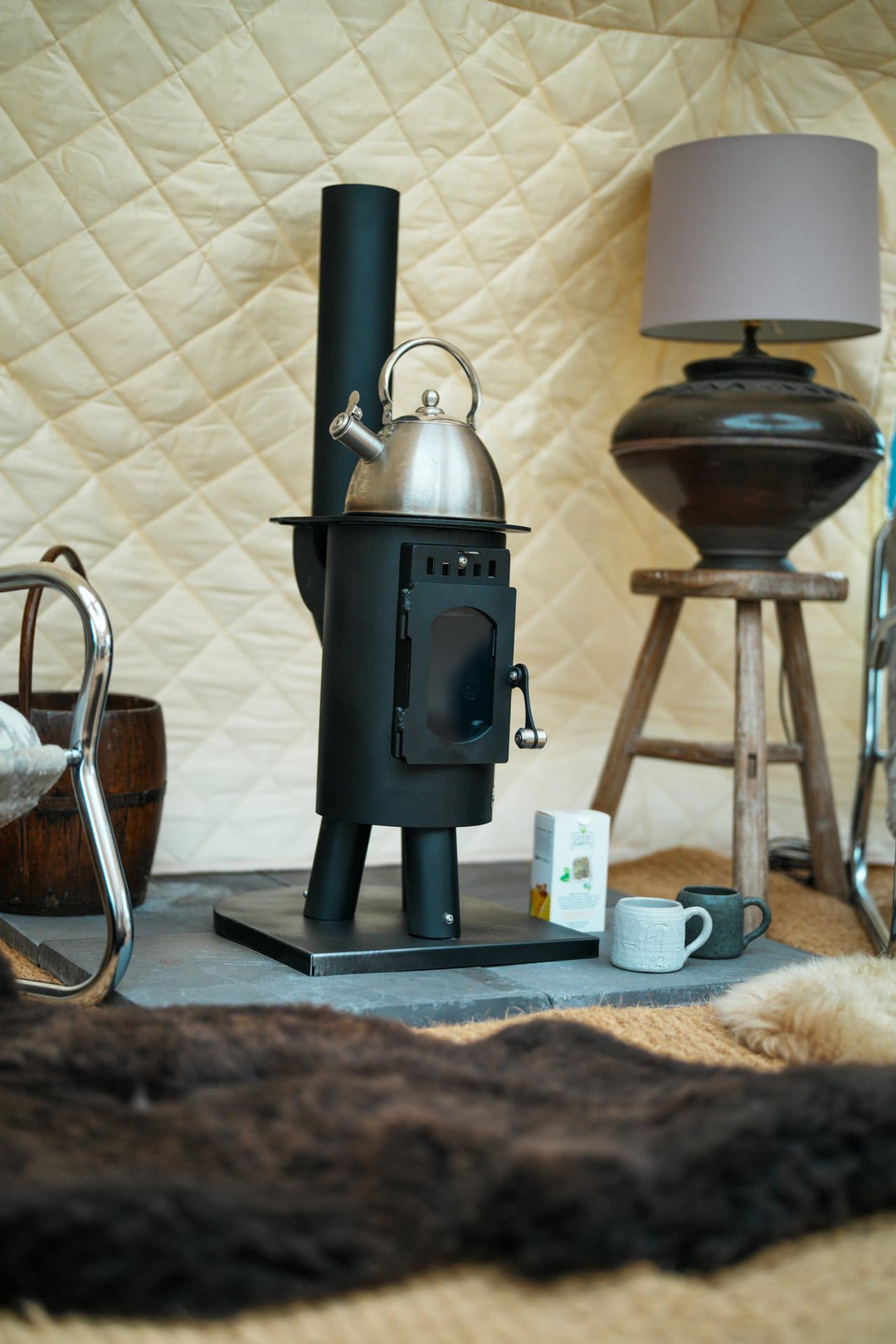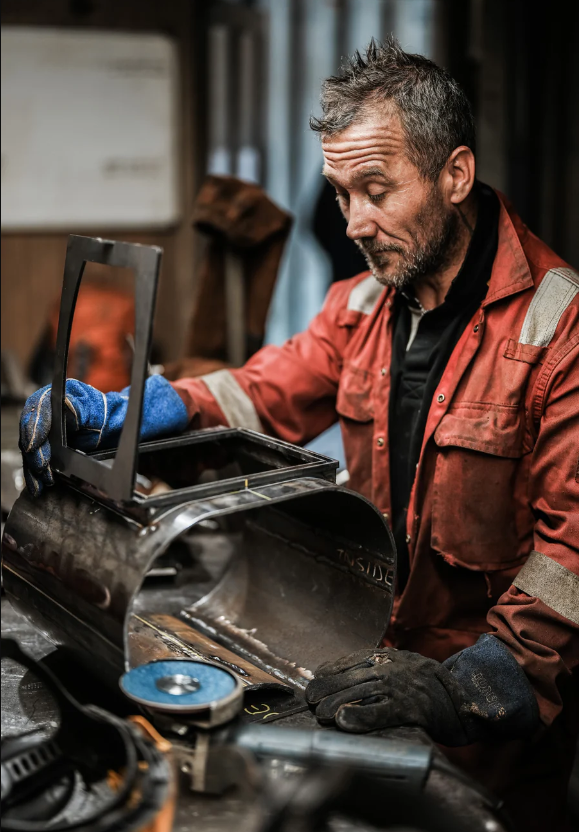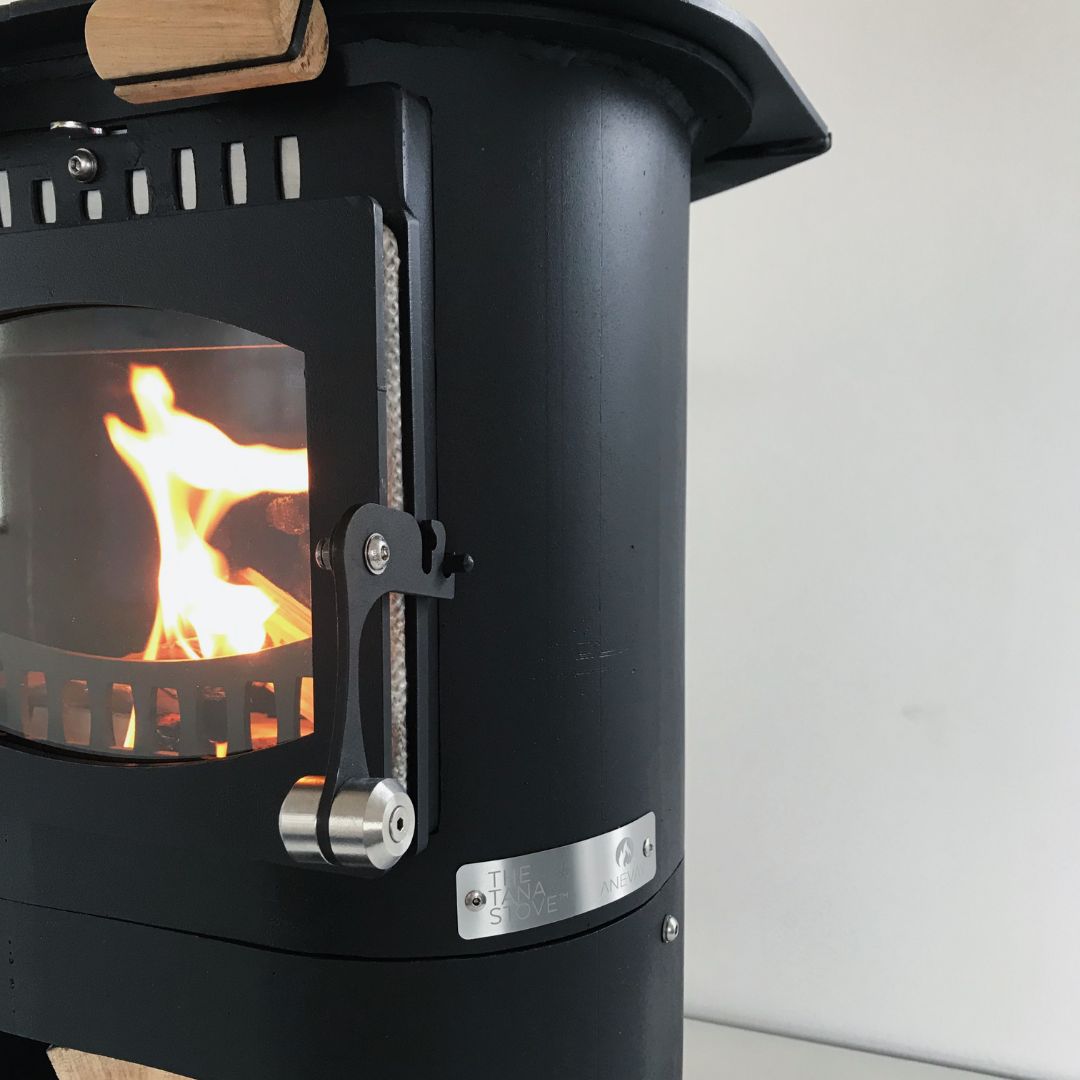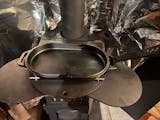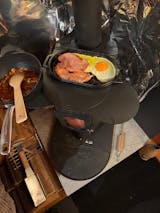
A quick scan over any festival campground or campsite will reveal a whole rainbow of amazing tents, from your standard polyester two-man to tipis, yurts and palatial empire bell tents. We love the variety that's available when choosing your temporary camping home: an amazing tent can make a great trip that little bit more exciting, and bigger and better tents make spending time under the stars more accessible for everyone to enjoy, which is always a good thing in our book.

Two of the most popular tents we see being used are tipis and bell tents, both of which have seen a real resurgence over the last few years. They were used by both Native Americans and the Sami people in Northern Scandinavia, both nomadic peoples who needed to be able to assemble, disassemble and move their homes when they moved on. They were constructed from animal skins or canvas stretched around wooden poles or saplings that leaned against each other in a conical shape, with a hole at the top so a fire could be lit inside. Smoke flaps in the material of the tipi allowed for a good draw, pulling the smoke from the fire up and out of the tent - although we definitely recommend using a stove if you're lighting a fire in your tipi!
What you'll need to fit a Frontier or Frontier Stove in a tipi
If you're interested in the Frontier Plus, go for the Frontier Plus Tipi Bundle. If you've already got your stove and you'd like to put together everything you'll need yourself, here's what's included:
- Frontier Plus stove
- Frontier Plus carry bag
- Heatproof mat to protect your groundsheet from sparks
- Tipi sleeve to keep the fabric of your tent away from the hot flue where it exits through the top*
- Axe
- Extra 600mm-long section of flue.
*The tipi sleeve is designed to work with portable tipis with a pre-fitted stovepipe port, like the Robens tipis or Helsport lavvu. If you've got a traditional tipi, the best way to exit the flue is either straight up through the top, if there's a crown with a hole for a flue, or to fit the flue out through the canvas by cutting a hole in it and installing a flashing kit, which is really easy.

Which tipis work best with a Frontier or Frontier Plus?
You can fit a stove in any tipi, whether it's a traditional tipi with poles and stretched canvas, a hybrid (like the ones used by The Tipi Company: traditional-looking, but with a crown holding the poles together that has space for a flue to exit through) or a modern portable tipi with a pre-fitted flue port. The third option is the most common: they're affordable, easy to put up and take down, and fairly lightweight. Traditional tipis are very large and difficult to transport, so are usually only assembled for longer events or to live in, whereas the newer portable options can be used as a normal tent when camping.
Some good options are the Robens Kiowa, Cherokee and Mohawk tents, which are all different sizes of a portable tipi tent. They come with guy ropes, lots of standing space inside, and have a stovepipe port for the flue to fit through, meaning you don't have to cut a hole in your tent.
The Tentipi Safir tent is another popular option: it comes in a range of different sizes, from the Safir 5 (2.3m high) to the Safir 15 (3.6m high, with a diameter of 6 metres).
Other good choices are the Nordisk Alfheim and the Helsport Varanger. All can be fitted with Frontier or Frontier Stoves inside.
Using your stove in a tipi
If you're using the tipi's pre-fitted stovepipe port, you'll be placing the stove in the centre of the tent. If you're fitting the flue out through the tipi wall fabric, choose a spot that's not too close to the door (so no one accidentally trips over it as they come in) and not too close to any combustible materials like bedding or bags.
Don't worry about heat distribution if it's not placed in the middle of the tent: both our stoves give out enough heat to keep even a large tipi cosy on a cold night.

If you've got a tipi and use a Frontier or Frontier Plus in it, we'd love to hear about it! Seeing your photos always brightens our day, so get in touch by email or on Facebook, Twitter or Instagram.
